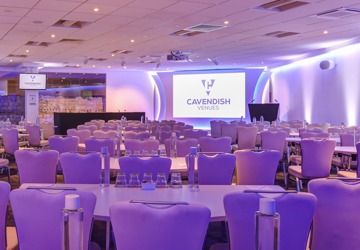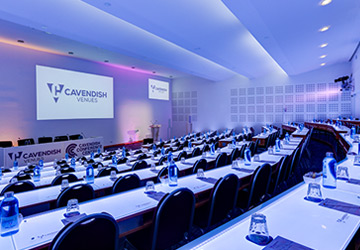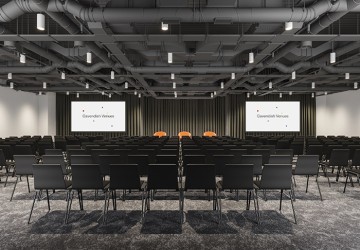How to get meaningful feedback from internal meetings
How to get meaningful feedback from internal meetings
Maybe you’re confident that the internal meetings you run within your company, or your department, are a great success. You may be right. But what does everyone else think, and does it matter?
Every time a group of workers meets to talk about work, the work itself pauses. If each worker doesn’t see a benefit from that lost work time, frustration results. They may not always communicate their feelings, but over the course of many such meetings, resentment toward the meeting itself could build.
And that’s a problem. Your team won’t put forward good decisions, plans, or solutions if some are not contributing. They’re just wishing the meeting would end.
When you seek feedback on the success of a meeting, you dignify each team member with being able to voice an opinion. More importantly, you’ll know what works, what doesn’t, and maybe how to improve.
How to get good meeting feedback
This will depend on the size of your team and perhaps the frequency of your meetings.
As part of the meeting
Include feedback as the last item on the agenda. It need take only five minutes, but that way everyone knows it’s expected. That’s better than surprising them with a request just when they think the meeting has finished, and they’ll resent spending more time.
Face to face
For a small team of only five or six, it may be worth taking the time soon after the meeting to canvass their views individually. Some will be more inclined to give honest comments in private than they would in front of the group.
Online
You can prepare an online meeting feedback form for each member to fill in. There are plenty of templates available on the Web to get started, such as this one from Wuhoo.
What type of meeting feedback do you need?
Chris Higgins, writing for Lucid Meetings, suggests that you ask for ways to improve, not about problems. Anyone can point out flaws, even when it can’t be fixed or didn’t really matter. You don’t want to solicit a negative rant at the end of a meeting.
Higgins goes on to explain a variation of the “Return on Time Invested” method (ROTI), sourced from Agile UX. If you’re meeting in person, ask for each attendee to hold up hands showing a number of fingers to rate the meeting (on the 0-4 scale, a closed fist for zero), then record the scores. If it’s an online meeting, you can capture these ratings in chat or use a poll. Here’s what the ratings mean:
0 – This team member felt the meeting was a complete waste of his time.
1 – More time was wasted than value was derived.
2 – An even split (50/50) of value and time spent. Perhaps an “average” meeting: half the time was spent on things that don’t affect this team member, but the rest was helpful.
3 – Worth more than the time spent. This team member could not have achieved the same positive impact on his work on his own.
4 – Very strong value for time spent. The meeting was crucial to further progress—a great investment of time.
It’s one thing to get these ratings from the team, but don’t walk away without their thoughts on what to do next time. A great question to follow up is, “What would it take for you to improve your rating by one point?” The answer to that question will help you improve your next meeting.
A way to get more detailed responses in a feedback session with your team could be the Plus/Delta method. Plus/Delta is a Lean Six Sigma technique, which is a structured way to determine what’s going well and what should change.
First ask each team member what they considered the positives (pluses) of the meeting. It could include even small details like punctuality, or effective equipment. This will tell you what’s going right. Continue doing those things. This positive discussion will also warm up the team for the next step.
Now you can ask the team for “deltas”—things that should change. (Delta is a Greek letter used as a mathematical symbol to denote “change.”) Again, almost anything could be included, even apparently small details, such as “Some people spent too much time on stuff that they could’ve talked about one-on-one.”
This will give you a clear idea of what to avoid and how to improve your next meeting. Your team will appreciate being asked for their input.
Conclusion
So how can you reduce internal friction and frustration when it comes to internal meetings? Ask for feedback, either during the meeting (as part of the agenda) or soon after. Focus on ways to improve, rather than on problems. Ask attendees to rate meetings out of 4 and then see what you can do to improve ratings by at least one point.
These methods are not rocket science, and some teams may discount their value after a while. Using them less frequently, but being serious about learning from the results, will improve the quality of your internal meetings.
etc Fenchurch street, etc st pauls, etc marble arch, etc bishopsgate, cct venues, cct plus, 30 Euston square,
Bookings & Enquiries
Whether you need help planning your event, have a question about one of our venues or want to make a booking, our friendly Venues Team are here to help.
+44 (0)20 7706 7700
Why Cavendish?
At Cavendish Venues we are committed to exceeding your expectations, and with over 93% repeat business we know we're doing something right!



